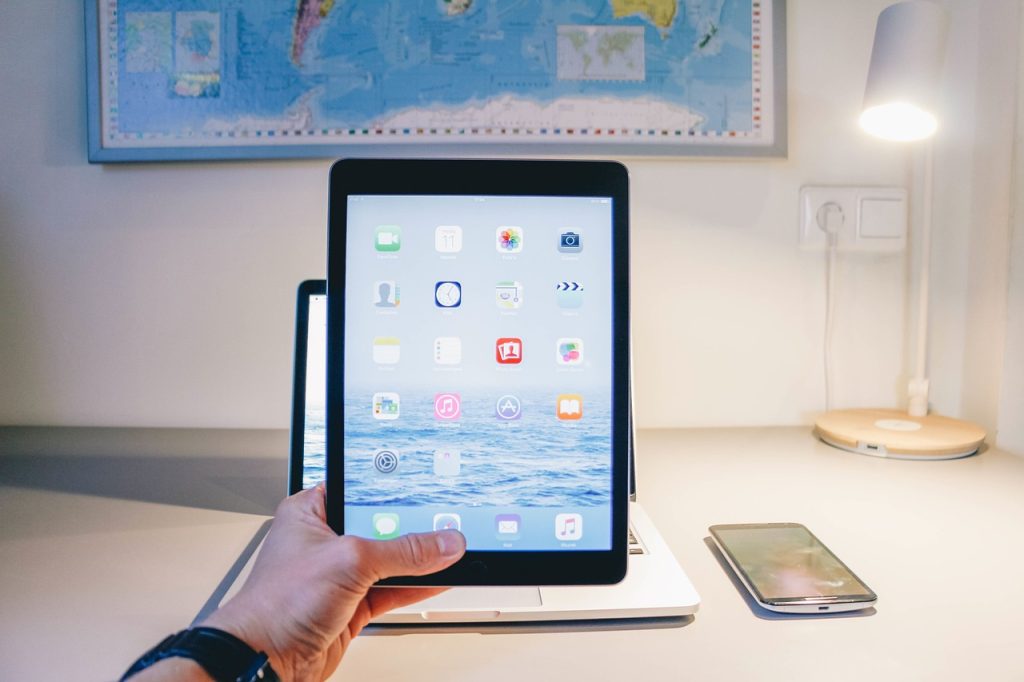Mobile payment systems have revolutionized the way we handle transactions, offering a secure, convenient alternative to traditional credit and debit card payments. Whether you’re using Apple Pay, Google Pay, or other mobile payment platforms, these technologies provide a seamless and efficient way to pay for goods and services. Here’s a closer look at some of the most popular mobile payment systems and how they work.
Apple Pay: Seamless Integration with Apple Devices

Apple Pay is designed for users of Apple devices, including iPhones, iPads, Apple Watches, and Macs. It integrates smoothly with Apple’s ecosystem, allowing you to make payments with just a tap or a glance.
To use Apple Pay, you need to set it up by adding your credit or debit card to the Wallet app on your device. Once set up, you can make payments at participating retailers by holding your iPhone or Apple Watch near a contactless payment terminal. For online and in-app purchases, you can use Apple Pay with a simple touch or face recognition. Security features, such as Face ID, Touch ID, and a unique transaction code, ensure your information remains secure.
Google Pay: Versatility Across Android Devices
Google Pay is a versatile mobile payment platform compatible with a wide range of Android devices and even some iOS devices. It provides a straightforward way to make payments both in-store and online.
To start using Google Pay, download the Google Pay app from the Google Play Store or App Store. Add your credit or debit card information to the app, and you’re ready to begin making payments. Like Apple Pay, Google Pay uses NFC (Near Field Communication) technology for in-store transactions. For online and in-app purchases, you can select Google Pay at checkout for a fast and secure transaction. Google Pay also supports peer-to-peer payments, allowing you to send money to friends and family with ease.
Samsung Pay: Advanced Features for Samsung Users
Samsung Pay is tailored for Samsung device users, offering additional features not always found in other mobile payment systems. It supports both NFC and MST (Magnetic Secure Transmission) technology, making it compatible with a wider range of payment terminals, including those that do not support contactless payments.
Setting up Samsung Pay involves adding your payment cards to the Samsung Pay app on your Samsung device. You can then make payments by either holding your device near an NFC terminal or swiping it near a traditional magnetic stripe reader. Samsung Pay also integrates with Samsung Rewards, allowing you to earn points for each transaction.
In addition to the major players, several other mobile payment systems are worth noting:
- PayPal: Known for its online payment services, PayPal also offers a mobile payment app that allows you to make payments in-store, online, and peer-to-peer. It supports various funding sources, including credit and debit cards, and PayPal balance.
- Venmo: Popular for peer-to-peer transactions, Venmo also allows users to pay for goods and services at participating merchants. It’s particularly popular among younger users for its social features and ease of use.
- Square: Square offers mobile payment solutions for both consumers and businesses. The Square app allows users to make payments and manage transactions, while businesses can use Square’s hardware and software solutions to accept payments.
Security and Privacy

Security is a top priority for mobile payment systems. They use encryption, tokenization, and biometric authentication to protect your financial information. When setting up a mobile payment system, make sure to use strong passwords, enable two-factor authentication if available, and regularly monitor your accounts for any unauthorized transactions.
Mobile payment systems like Apple Pay, Google Pay, and Samsung Pay provide a convenient and secure way to manage transactions from your smartphone. By understanding how these systems work and their unique features, you can choose the one that best fits your needs and preferences. With their growing acceptance and advanced security measures, mobile payments are becoming an increasingly integral part of modern financial transactions.

Leave a Reply